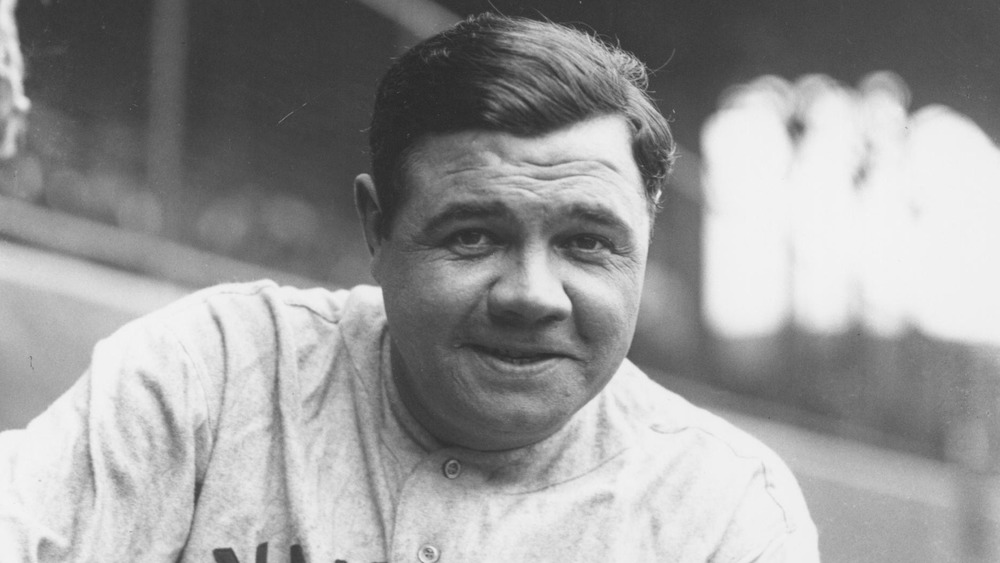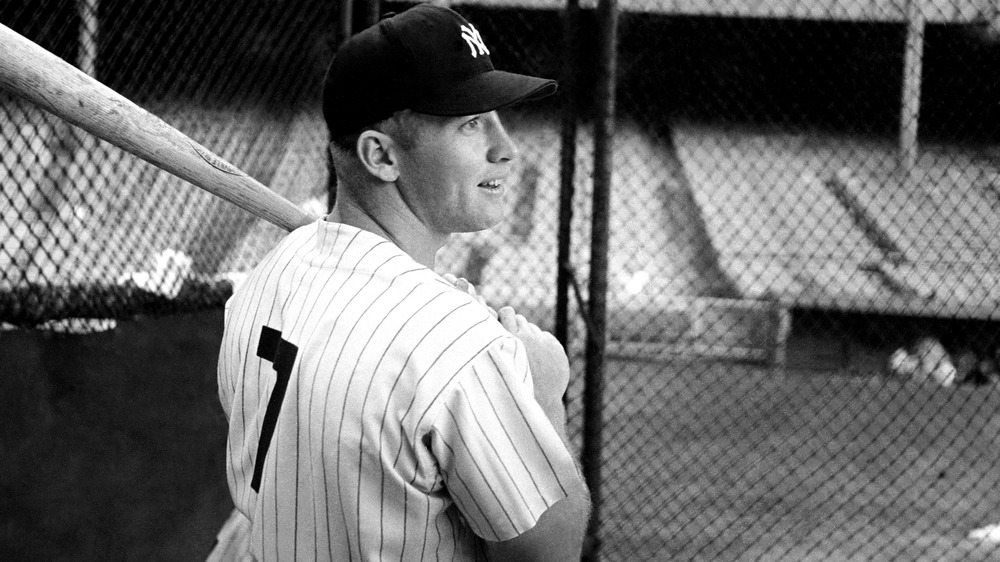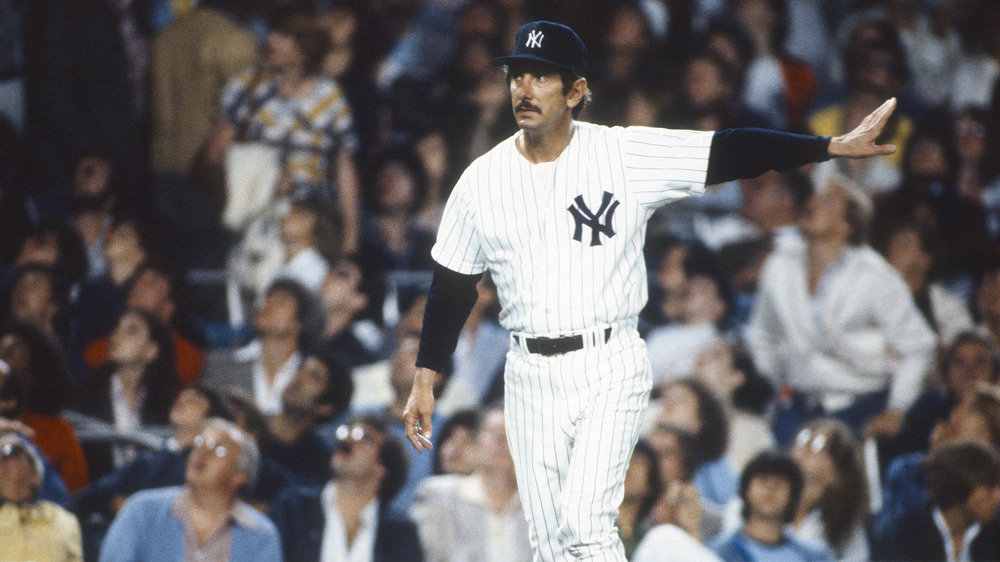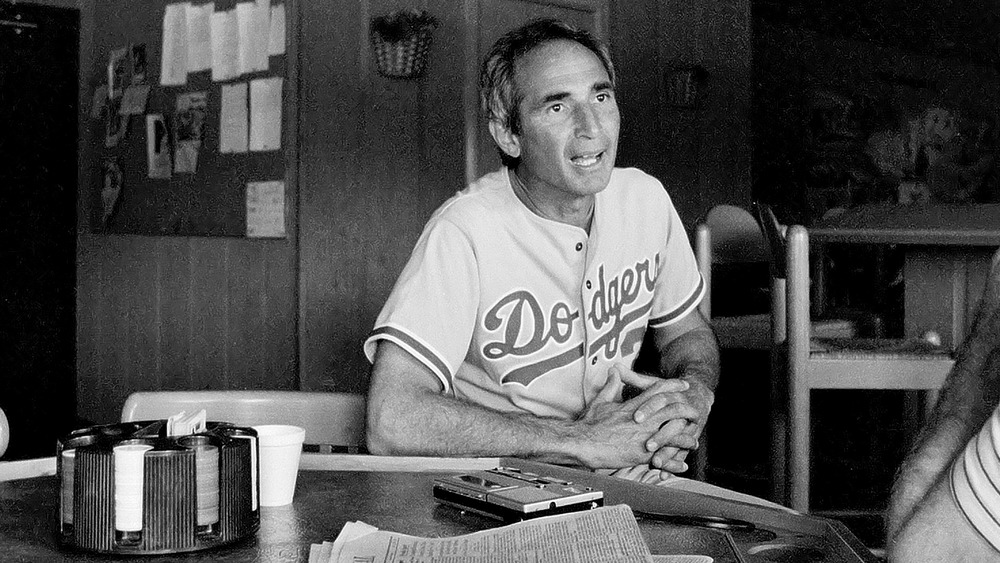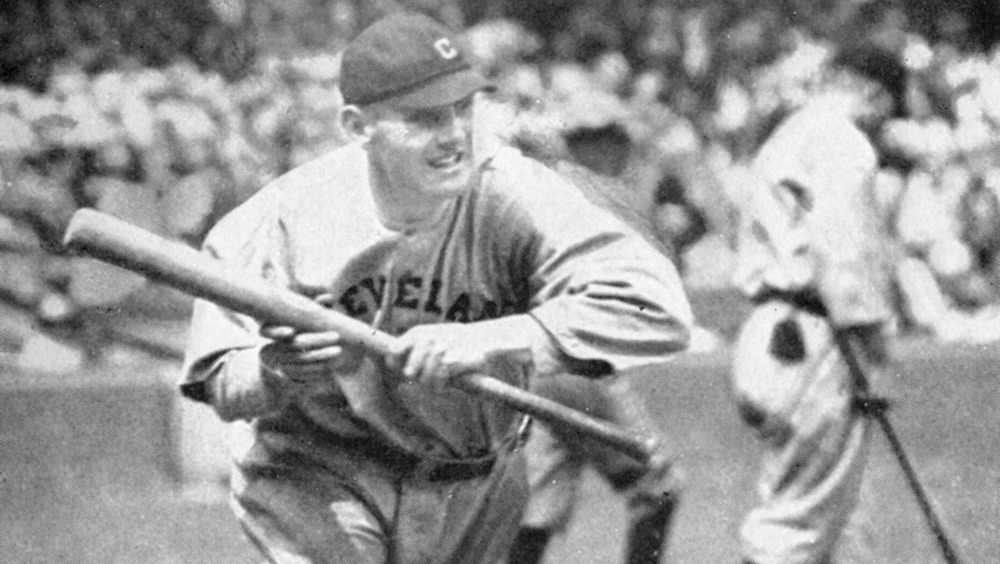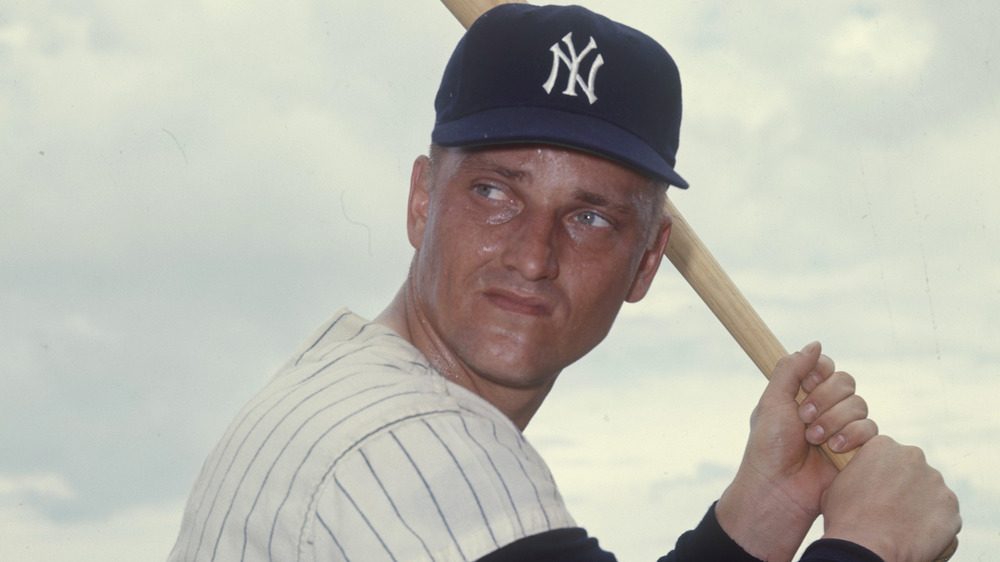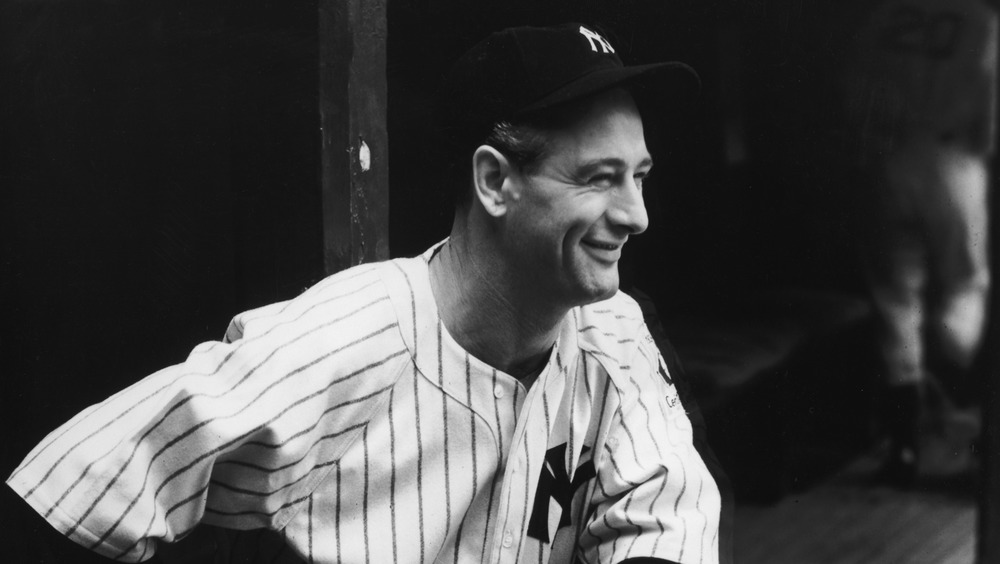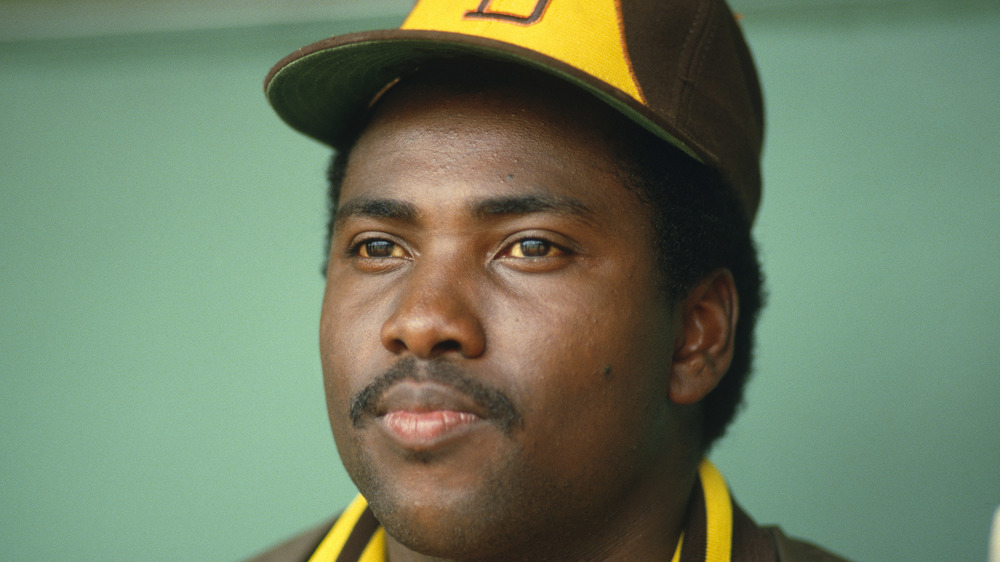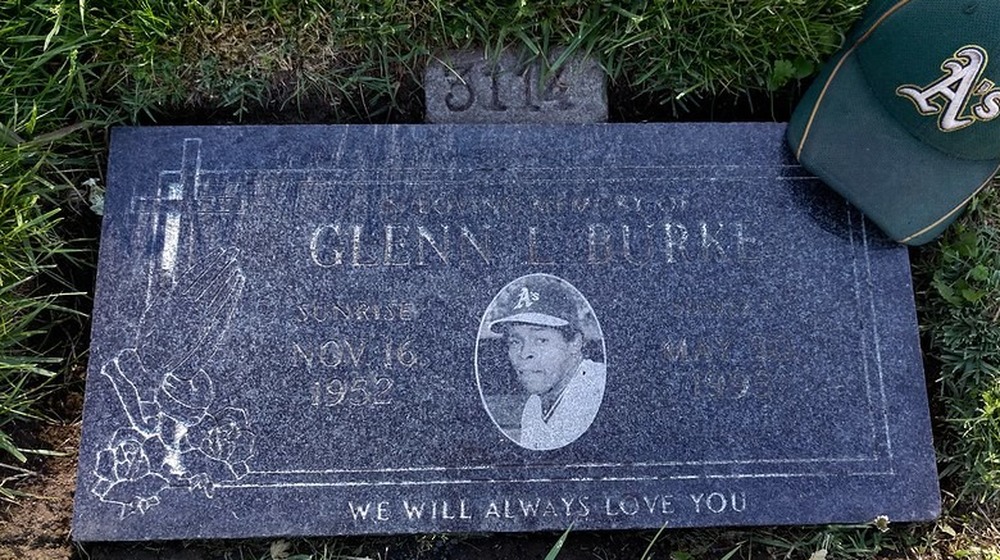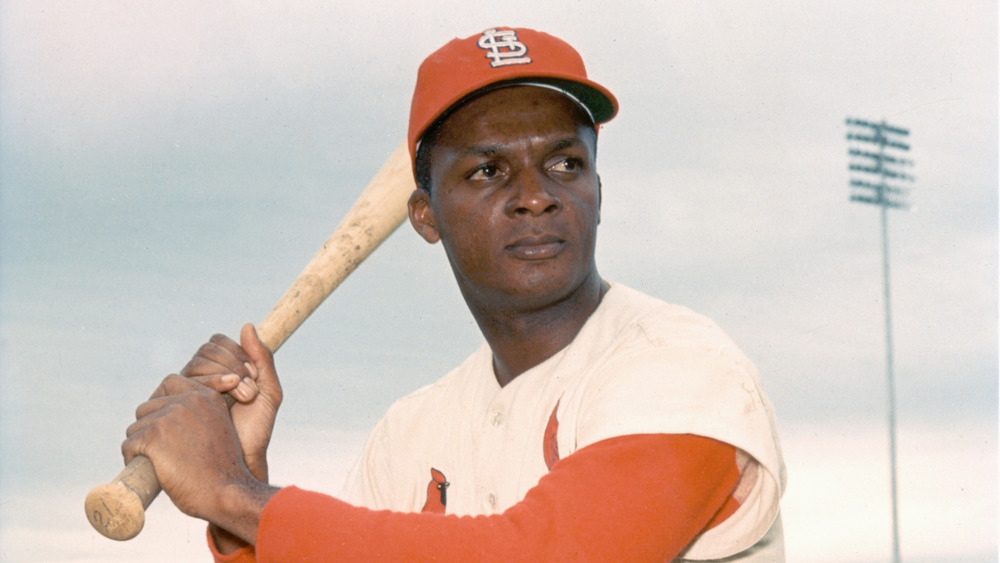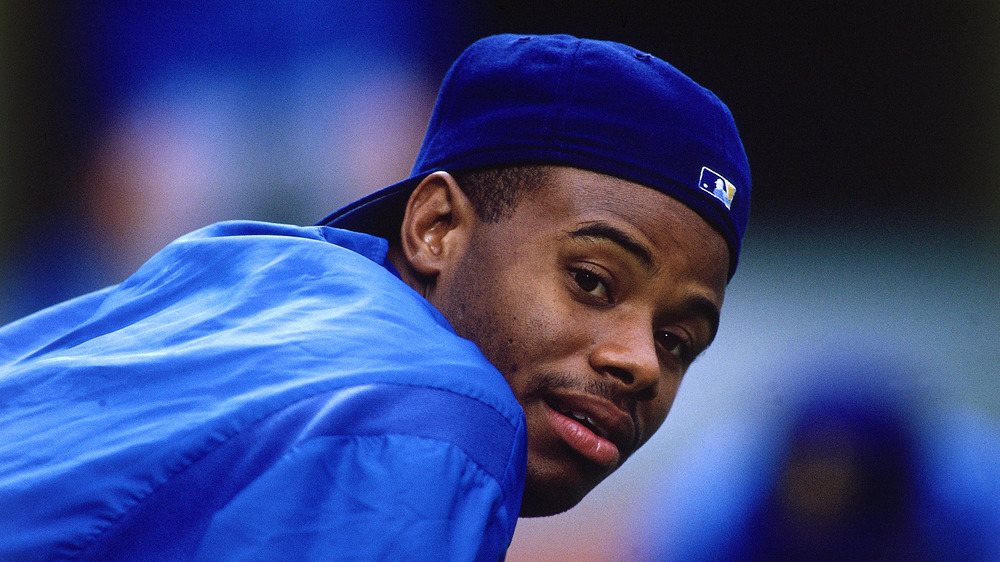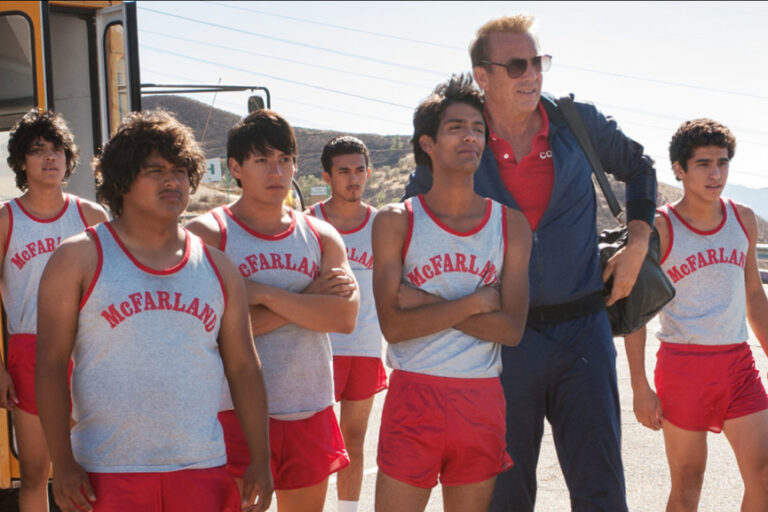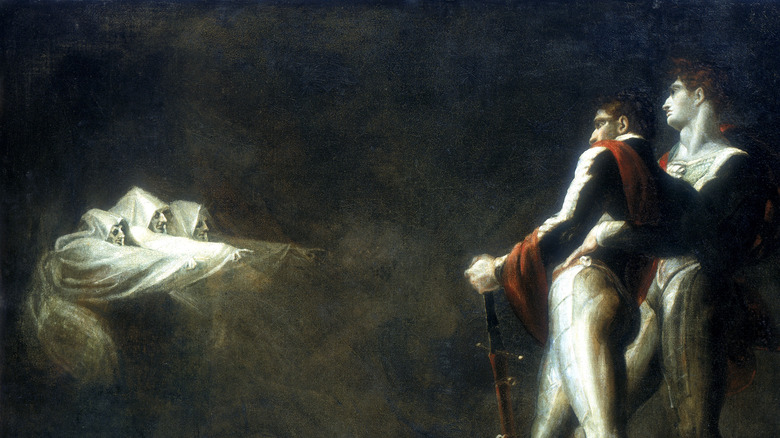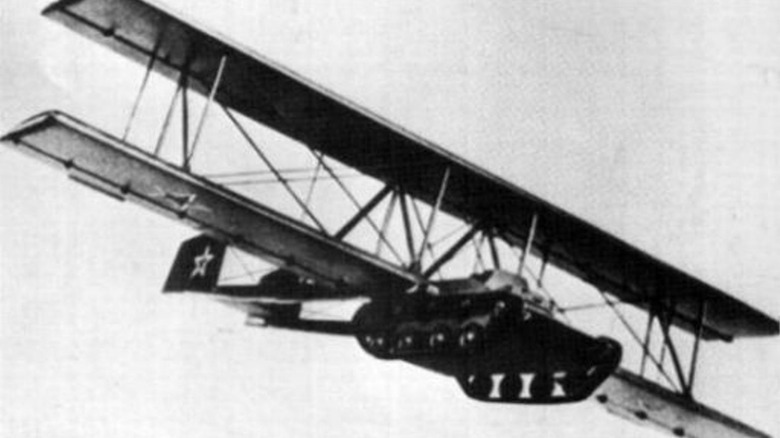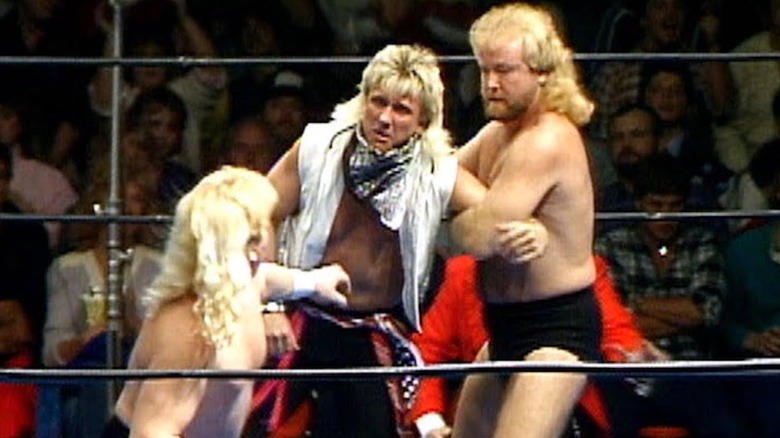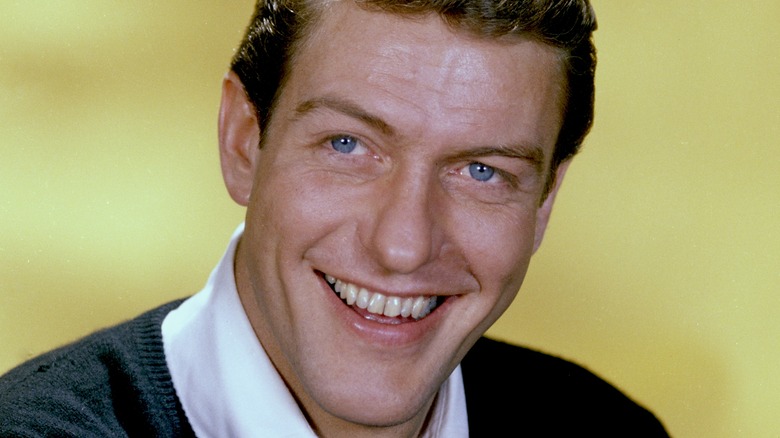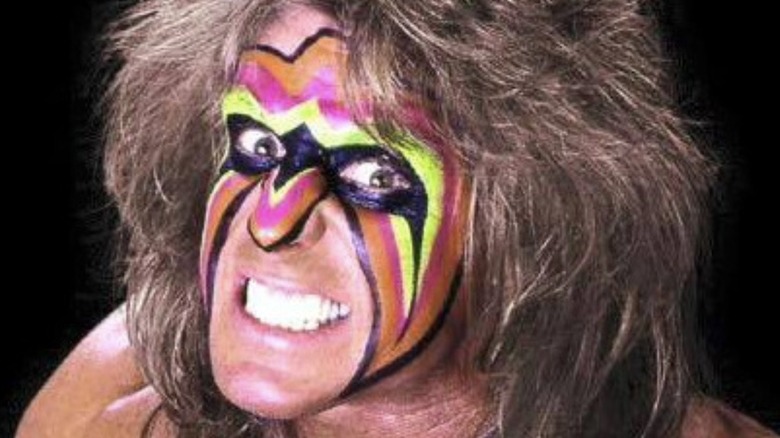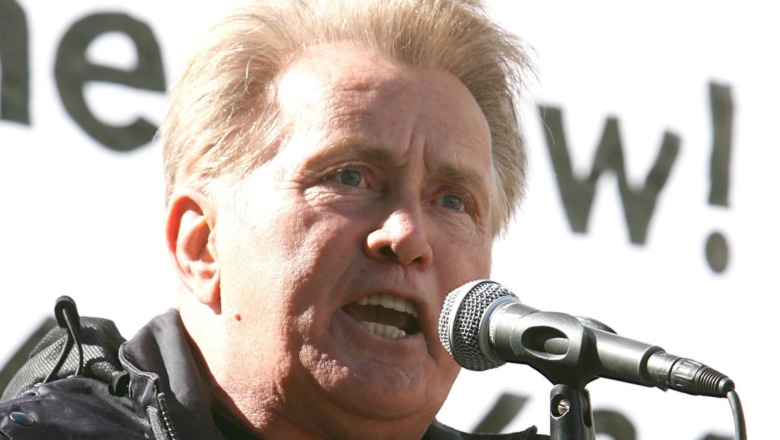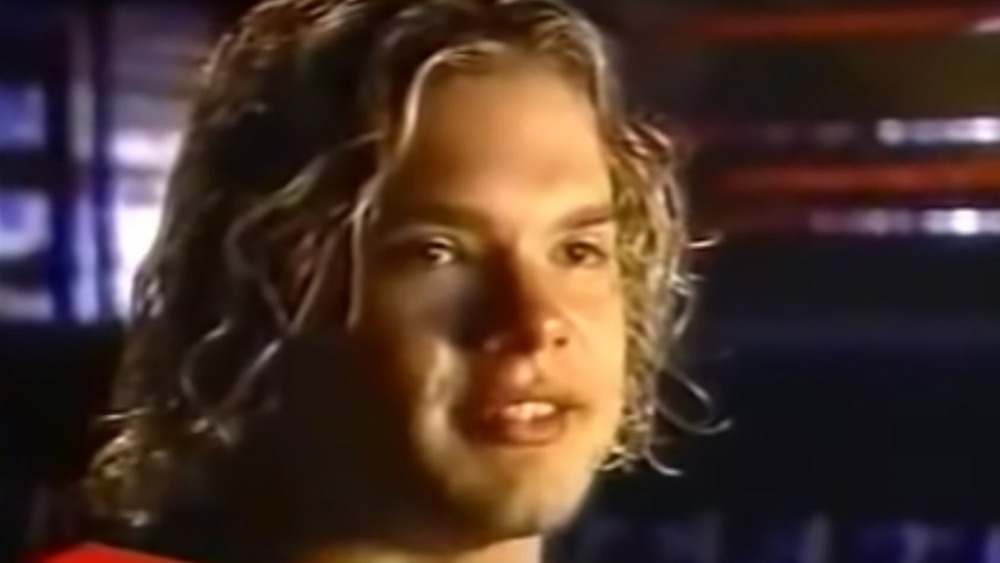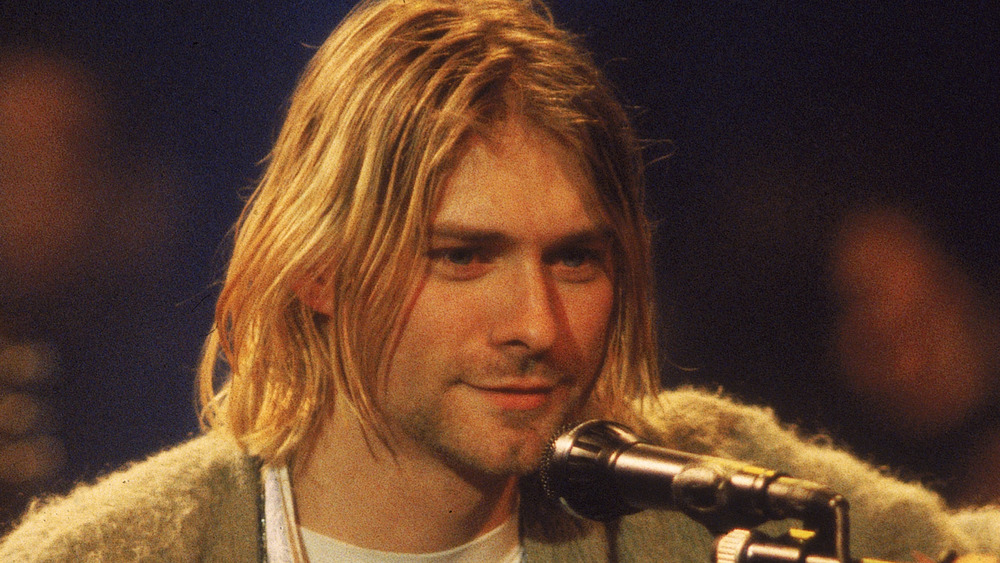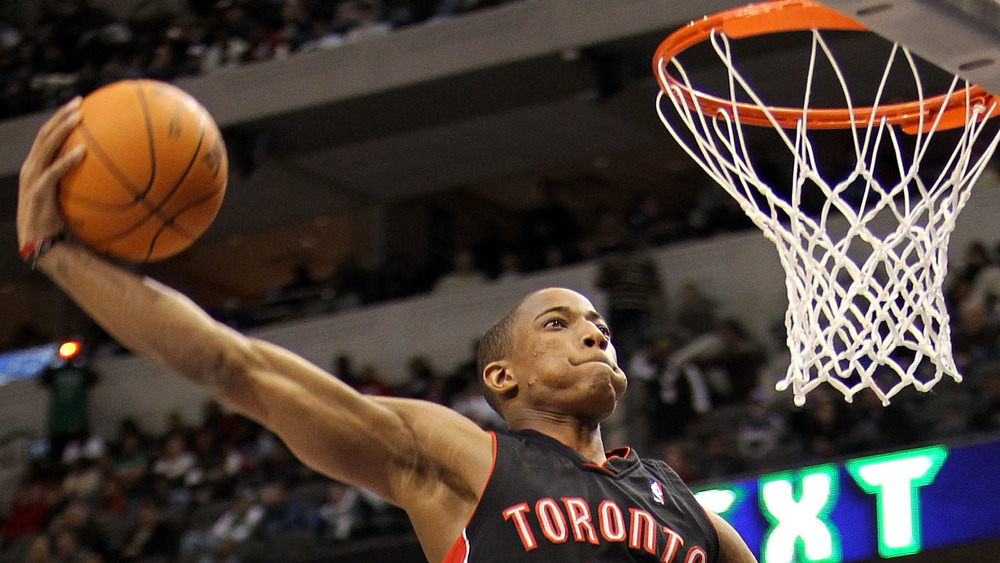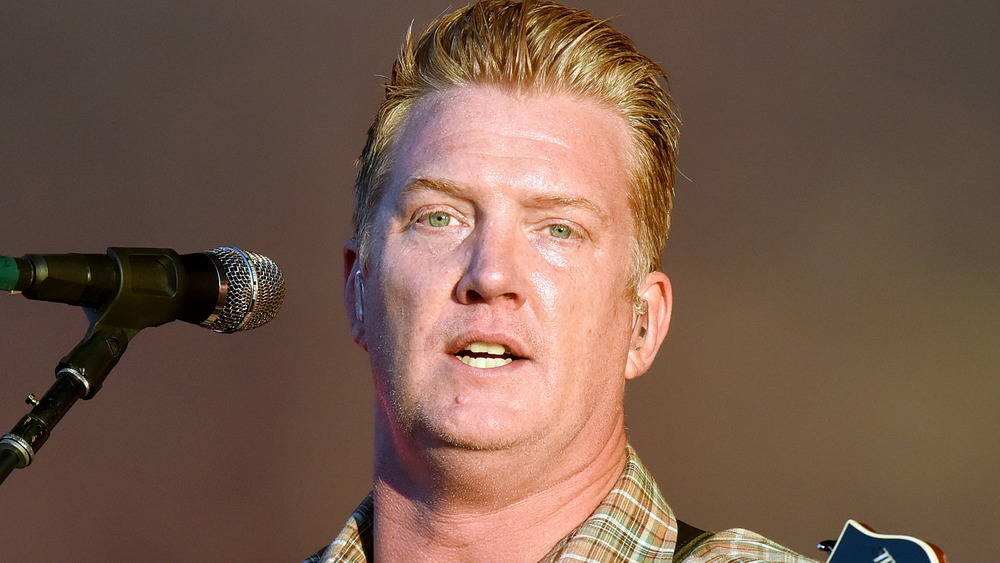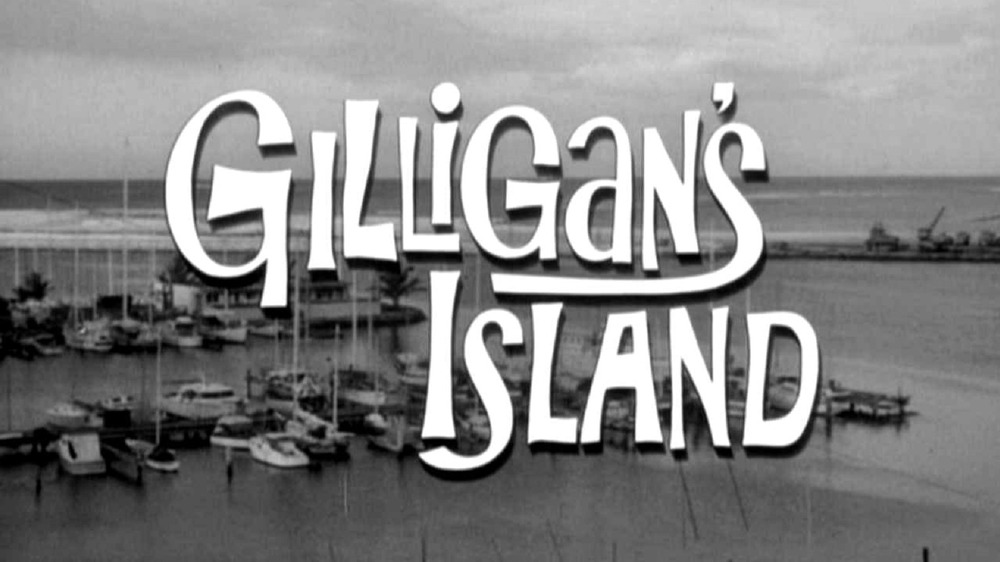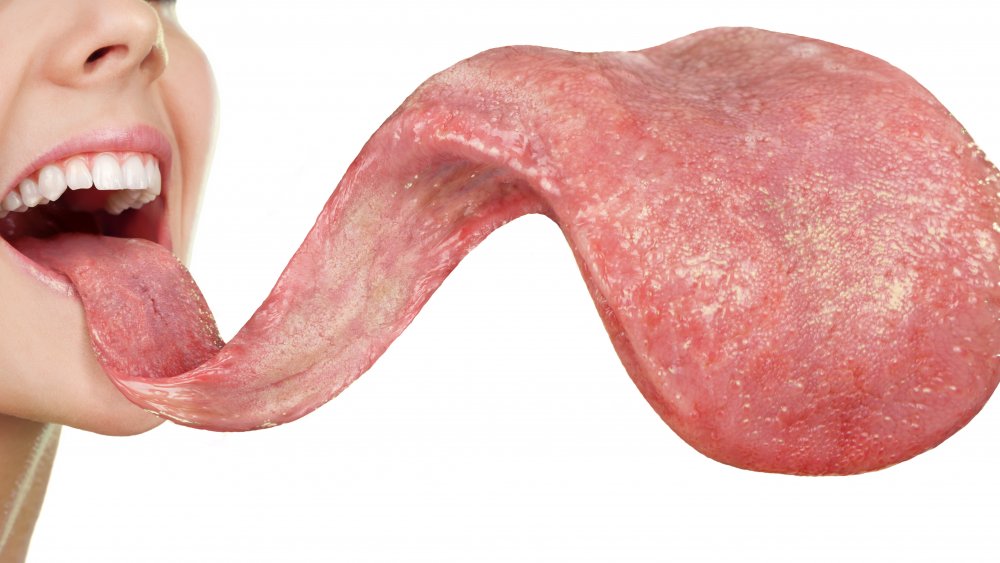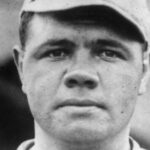
Tragic Details About Baseball’s Biggest Legends
As James Earl Jones recited in the film Field of Dreams, “The one constant through all the years […] has been baseball. America has rolled by like an army of steamrollers. It’s been erased like a blackboard, rebuilt, and erased again, but baseball has marked the time.”
The sport of baseball can find its origins well before the American Civil War, and Major League Baseball is the oldest of the four major North American sporting leagues. For these and many other reasons, baseball has earned the title of America’s national pastime. According to History, one has to go all the way back to the 18th century to find baseball in its earliest variation. The sands of time and evolution continued into the year of 1845, when a new, codified set of rules were formed to create the sport we know today.
And the evolution of baseball continued. The sport grew into a game played around the world. Baseball players became modern-day heroes. However, hidden beneath their jerseys are secrets and tragic backstories from their journey through the sport they love. Be it business concerns, personal demons, or even hate from fans, these individuals have a graveyard of skeletons in their closets. Here are the tragic details of some of baseball’s biggest legends.
Babe Ruth's childhood and post-baseball depression
Babe Ruth’s importance and dominance in professional baseball is equated to that of no other athlete in any professional sport. According to AZ Quotes, Ruth’s former teammate, Waite Hoyt, said this about The Great Bambino: “Every big leaguer and his wife should teach their children to pray, God bless Mommy, God bless Daddy, and God bless Babe Ruth.” However, Ruth’s pre- and post-baseball life contrasted mightily with his baseball glory days.
Before becoming “The Babe,” George Herman Ruth was a troubled youth. According to ESPN’s Sportscentury, Ruth was left largely unsupervised as a child, growing up in a lower/middle-class neighborhood in Baltimore. As a child, he would vandalize fruit carts, throw food at cars, drink and smoke, and get into fights with other kids in the neighborhood. Eventually, his parents sent the young boy to a reform school in the city. It was there where Ruth started to play (and excel in) baseball. According to Britannica, by 1914, he was picked up by the Baltimore Orioles.
By the time Ruth retired from baseball two decades later, he had done nearly everything he wanted to do. The last item on his list was to become a manager. However, because of his tense relationship with executives in the game, Ruth was never given the opportunity. The rejection depressed Ruth and, according to his granddaughter, Ruth had to be talked down from his upstairs window by his wife. Ruth died of cancer without ever becoming a manager.
If you or anyone you know is having suicidal thoughts, please call the National Suicide Prevention Lifeline at 1-800-273-TALK (8255).
Mickey Mantle fought injuries and alcoholism
Like Babe Ruth, Mickey Mantle symbolized strength and Americana on the baseball diamond. Unfortunately, Mantle also suffered a variety of injuries throughout his career. According to The Mick, a high school football injury almost led to his leg being amputated if not for his mother driving him 175 miles to a hospital with penicillin.
In his rookie season, Mantle suffered a severe knee injury when his foot got caught in a drainpipe covering while chasing a fly ball. The rest of his career would be spent in pain, though he remained one of the game’s top players, ESPN reports. Health issues were common for the Mantle family. Mickey’s father and two of his uncles died of Hodgkin’s disease before their 40th birthdays. With this knowledge of his mortality, Mantle would say half-seriously, “I hope to make it to 40.”
Mantle lived his life to excess, becoming an alcoholic and prankster, though according to Sportscasting, Mantle prided himself on playing games sober. In one instance, he and teammate Billy Martin climbed to the ledge of their hotel room to spy on their teammates. When they realized they could not see into their teammates’ rooms and they could not get down, they had to climb around the hotel, on the 22nd floor! By the time of his death, Mantle was suffering from hepatitis C, a bad case of cirrhosis of the liver, and inoperable liver cancer. He issued a final warning to the public: “Don’t be like me.”
Billy Martin's alcoholism cost him his life
As a player and manager for the New York Yankees, Billy Martin won five World Series. During his time with other franchises, he was known for his aggressive style of play that affectionately became known as “Billyball.” However, as Britannica points out, Martin’s abrasive style in the face of management would lead to his dismissal as the manager for every team he coached.
Martin’s troubles began as a player. Despite being the World Series MVP, following a highly publicized fight at the Copacabana, the Yankees traded Martin, believing he was a bad influence on Mickey Mantle. After his playing days, Martin spent almost a decade working in the Minnesota Twins organization before being promoted to manager in 1969. He lasted one year. Despite a postseason appearance by Minnesota, Martin got into a fight with one of his players, leaving the player with stitches, as told by Bleacher Report.
This was the story of Billy Martin. He had a brilliant mind for baseball … and a temper. He won the 1977 World Series with the New York Yankees and was forced to resign in the middle of the next season for calling out his star player Reggie Jackson and team owner George Steinbrenner. On Christmas Day in 1989, Martin died in a single-car accident. His friend, Bill Reedy, had a blood-alcohol level of .10, though conflicting information from Reedy has left the driver a mystery.
Arthritis ended Sandy Koufax's career
There might not be a more dominant period in baseball for any pitcher than Sandy Koufax had between 1961 and 1966. After spending the first part of his career as a talented but unpredictable pitcher, Koufax developed into arguably the greatest pitcher the game has ever seen. Then, at the age of 30 and after a fantastic 1966 season, Koufax retired, revealing to the public the pain he carried playing baseball. According to History, Koufax suffered from chronic arthritis in his pitching arm that would, he feared, cripple him for life if he continued pitching.
Sportswriter Tom Verducci said in Sportscentury that Koufax’s left elbow hurt so much that he would have to shave and comb his hair with his right hand. Koufax had to rely on ice and heat treatments, as well as anti-inflammatory pills that he hated, in order to keep pitching for the Dodgers. Knowing 1966 would be his last year, Koufax told his manager in the final month of the season to not worry about him and to use him as much as possible. Koufax led the Dodgers to the World Series that year.
According to The Atlantic, Koufax’s first six years in baseball (1955-1960) weren’t too impressive. Koufax’s arm was powerful but too wild to be a great pitcher. Upon losing 20 pounds and taking advice from people in the organization, Koufax’s last six years propelled him to the Hall of Fame and baseball immortality.
Ray Chapman's death led to the banning of spitballs
According to Sports History Today, during his nine professional seasons, Ray Chapman was on his way to a spot in the Baseball Hall of Fame. In 1920, Chapman was one of the best players in the Cleveland Indians. Tragically, Chapman never made it to the Fall Classic. During an August game, Chapman changed the history of the sport by becoming the only player in the game’s history to die from a thrown pitch.
According to the Society for American Baseball Research, Cleveland, the New York Yankees, and the Chicago White Sox were all battling for the AL Pennant. In mid-August, the three teams were within two games of each other when Cleveland and New York squared off. In the fifth inning, Yankees pitcher Carl Mays, known for his spitball, faced Chapman. Mays’ pitch hit Chapman in the head, dropping him. The umpire immediately called for physicians. Chapman was able to get to his feet, but after he’d been helped off the field to the clubhouse, he lost consciousness. Cleveland won the game, but by the next morning, Chapman would be pronounced dead.
Despite calls to have Mays banned from the sport, he received no punishment. Mays was apologetic, said the ball was wet and sailed on him, and called the pitch “the most regrettable incident of [his] baseball career.” Bleacher Report says Cleveland, motivated by Chapman’s death, took the pennant and the championship. To prevent another incident like Chapman’s death, the MLB banned the spitball and mandated that umpires replace dirty balls.
Roger Maris' 1961 Season
It is never easy chasing Babe Ruth. Hank Aaron faced death threats and racial hatred when he broke Ruth’s all-time home run record. Roger Maris’ 1961 season was both one of the greatest years in the sport’s history and a nightmare for Maris.
In 1961, Maris broke Ruth’s single-season home run record. According to Baseball Almanac, Maris was cast as the villain in 1961 while his teammate, Mickey Mantle, who was also keeping pace with Maris, was seen as the hero. Mantle had been with the team for a decade and was seen as the leader of the Yankees. Maris was only in his second year with the Yankees, and the public saw him as trying to overshadow Mantle. Maris’ family was threatened, and the stress made him lose his hair.
On October 1, 1961, Maris broke Babe Ruth’s record by hitting his 61st home run of the season. The crowd cheered, but Maris faced another obstacle. Ruth was still seen as untouchable, so, according to History, Commissioner Ford Frick (who was friends with the departed Ruth) said the record was still Ruth’s because Maris had played more games. In 1927, when Ruth hit 60 dingers, the MLB played a 154-game regular season. By 1961, the regular season was 162 games. In 1980, Maris had this to say about the whole thing: “Do you know what I have to show for sixty-one home runs? Nothing. Exactly nothing.”
Lou Gehrig was overshadowed before ALS ended his streak and life
Two statements are true about Lou Gehrig: He was one of the greatest players in baseball history, and he is more well-known for the disease that took his life. Gehrig, despite being a Hall of Famer himself, was overshadowed by his two more famous teammates during his playing career.
According to Biography, though Gehrig’s first decade in the league saw him as one of the best offensive players in the game, he was overshadowed by his teammate Babe Ruth. The pair, polar opposite in terms of personality, according to Sportscentury, became baseball’s most dangerous hitting duo. While Ruth was boisterous, Gehrig was quiet and unassuming and had a blue-collar work ethic that led to him setting a then-record for playing 2,130 consecutive games, earning him the nickname “The Iron Horse.” A year after Ruth’s departure, the Yankees brought up a young, rookie outfielder from the West Coast who would then eclipse the now-solo Gehrig as well: Joe DiMaggio.
As told by PBS, Gehrig, unlike many stars dealing with a young rookie getting attention, supported DiMaggio. Gehrig did not crave the spotlight and lacked confidence despite his abilities. His biographer, Ray Robinson, recalled Gehrig believing each time at bat could have been his last. DiMaggio appreciated this and stood with the rest of the Yankees when Gehrig was forced to end his streak and eventually retire in 1939 due to ALS. Gehrig died two years later.
Tony Gwynn's death highlighted the danger of chewing tobacco
According to Dear Doctor, by the time of his retirement in 2001, Tony Gwynn had spent his entire 20 years in the majors with the San Diego Padres, earning the nickname “Mr. Padre.” Following his retirement, Gwynn continued to work in baseball as a coach for his alma mater, San Diego State University. All this and more made his passing in 2014 from cancer tragic and forced baseball to look at chewing tobacco with a new lens.
According to Sports Illustrated, Gwynn earned his nickname and status in baseball both on and off the field. As a player, Gwynn was one of the greatest hitters in MLB history, making 15 All-Star teams and racking up eight batting titles. Off the field, he avoided recreational and performance-enhancing drugs while living a “squeaky clean life.” Gwynn’s two vices were junk food and smokeless tobacco.
Gwynn described himself as a “tobacco junkie” and, as told by USA Today, he began using it when he was just 17 years old. In the summer of 2010, Gwynn was diagnosed with cancer in his right cheek. Following surgery to remove the malignant tumor inside his parotid gland, Gwynn was left unable to smile or close his right eye. However, his cancer returned, and continued surgery and treatment did further damage to Gwynn’s face and health. In June 2014, Gwynn passed away at the age of 54. Since then, the MLB has steadily phased out chewing tobacco, as Sports Illustrated reported.
Glenn Burke faced Homophobia and died of AIDS
While the name Glenn Burke may not be as well-known in sports as the other players on this list, Burke had more impact in everyday life through two non-baseball acts. In 1977, after teammate Dusty Baker hit a home run, the rookie Burke slapped the palm of Baker’s hand, inventing the high five. Burke’s legacy and impact are also felt outside of the celebratory gesture by virtue of being the first openly gay individual to play professional baseball.
According to Call to the Pen, Burke’s career was very affected by this. While he wasn’t out to the public, it was an open secret among his teammates and the rest of baseball. As a highly touted prospect with the Dodgers, Burke’s fellow players accepted him more than management, who wanted him to marry a woman to quell the rumors. Burke’s end in Los Angeles came when he befriended the son of Dodgers manager Tommy Lasorda. His son, Tommy Lasorda Jr., was also gay, but Lasorda did not want to accept his son’s sexuality and traded Burke to Oakland.
With the Athletics, he faced more homophobia, especially from his manager, Billy Martin. According to Beyond Chron, after being demoted to the minor leagues and suffering a knee injury, as well as feeling frustration with the sport, Burke retired. In 1982, he came out publicly, as told by NBC Sports. Unfortunately, like many members of the LGBT community, Burke passed away from AIDS in 1995.
Curt Flood was blackballed after fighting for players
In many ways, the MLB’s players’ union might be the strongest union in the country. According to MLB Players, one of the biggest obstacles the union and their president, Marvin Miller, had to face was the reserve clause. The clause tied players to their franchise, with very little in the way of free agency. This was finally challenged at the beginning of the 1970s by outfielder Curt Flood.
Bleacher Report says that Flood, during his career, was a three-time All-Star, won seven Gold Gloves as one of the best defensive players in baseball, and was part of two championship teams. However, after the 1969 season, Flood was traded to the Philadelphia Phillies. He’d been with the St. Louis Cardinals for 12 years. Flood, with the support of Miller, refused to accept the trade and sued the commissioner and the MLB.
Players privately supported Flood as his case went all the way to the Supreme Court, which ruled 5-3 in favor of the league. Flood was traded to the Washington Senators in 1971, and he left in the middle of that season. In 1975, an arbitrator’s decision ended the reserve clause, finally allowing players freedom and mobility.
Ken Griffey Jr.'s suicide attempt
From the smooth swing to the backward hat, it’s easy to see why Ken Griffey Jr. became the face of baseball in the 1990s. The son of a former baseball superstar and the first overall pick in the 1987 MLB Draft, Griffey was destined for greatness, as told by Sportscasting. However, Griffey’s career, and life, almost ended long before he ever stepped onto a major league field.
According to The Seattle Times, Griffey was already a professional ball player at 17, and he was struggling away from home. In addition to the stress of being a professional athlete, he faced racial prejudice he had not experienced growing up, and both internal and external pressure weighed heavy on his shoulders. “It seemed like everyone was yelling at me in baseball, then I came home and everyone was yelling at me there,” he said.
In January 1988, the young baseball player took, by his own count, 277 aspirin pills. He was rushed to the hospital to have his stomach pumped. Junior’s father, All-Star outfielder Ken Griffey Sr., arrived at the hospital angry at his son. During their argument, Junior, in frustration toward his father, ripped out his IV, ending the argument. Senior recalled, “It made me realize kids have their own set of problems and pressures.” The next year, Ken Griffey Jr. played his first season of what would become a Hall of Fame career.
If you or anyone you know is having suicidal thoughts, please call the National Suicide Prevention Lifeline at 1-800-273-TALK (8255).

What You Need to Know About Goat Yoga
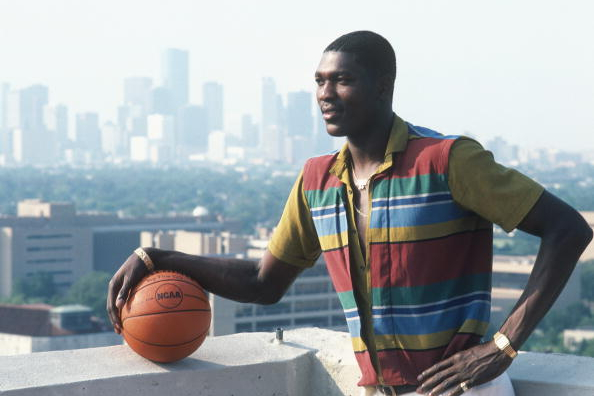
Retired NBA Stars That Work 9-5

What Do The Olympic Rings Actually Stand For?
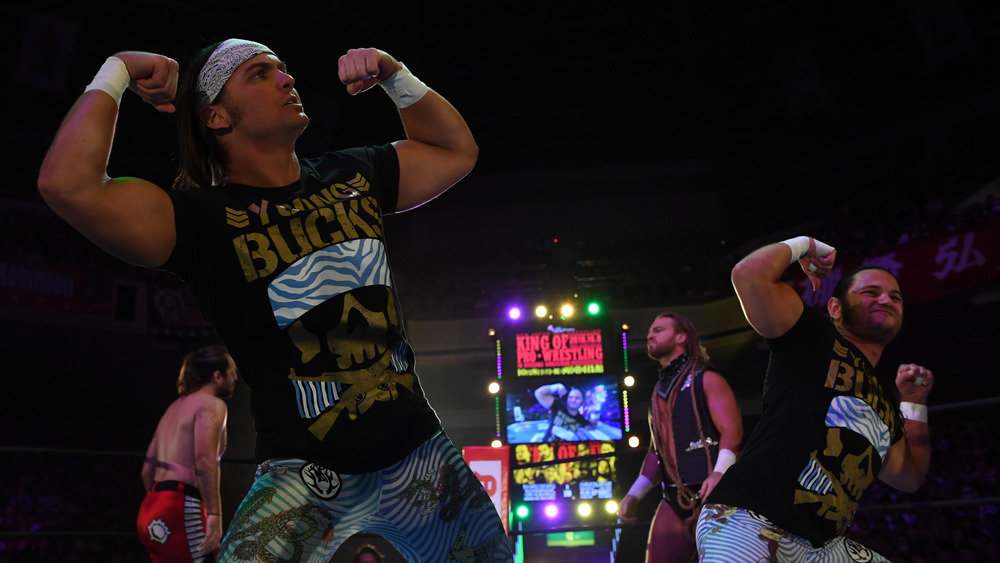
This Is How Much The Young Bucks Are Really Worth
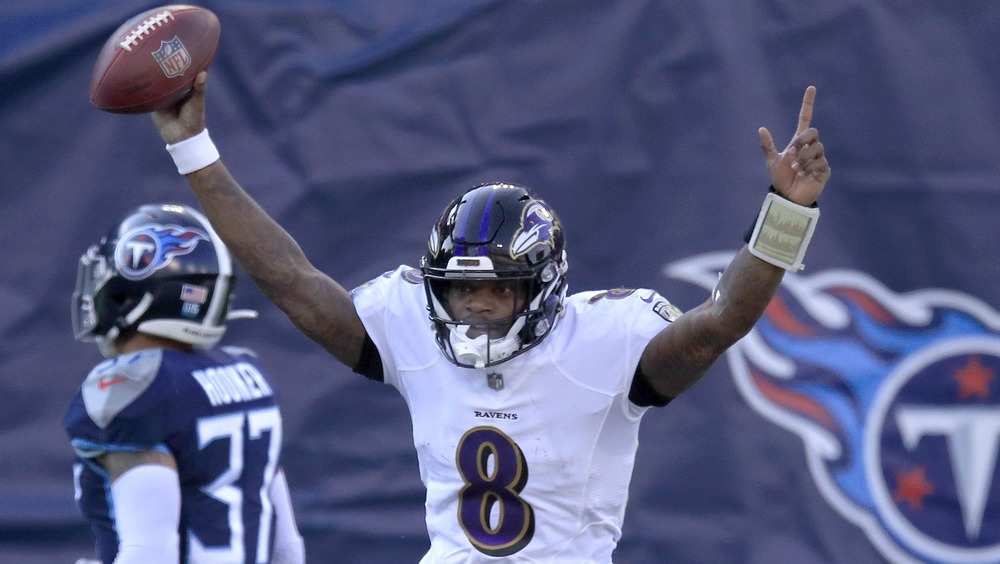
Lamar Jackson's Net Worth: The Ravens QB Earns More Than You Think

Here's What You Need To Know About Giannis Antetokounmpo
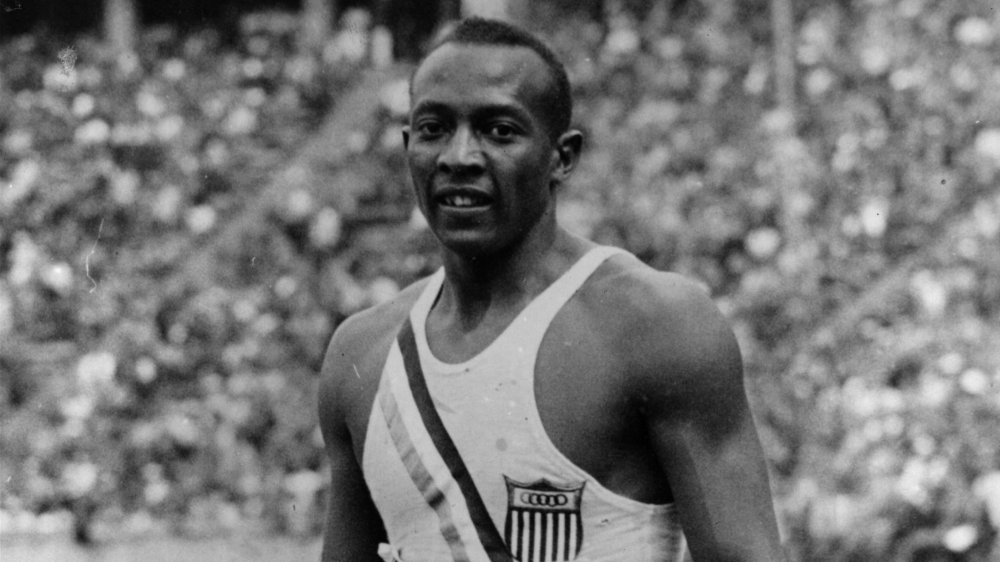
The Crazy Real Life Story Of The 1936 Olympics
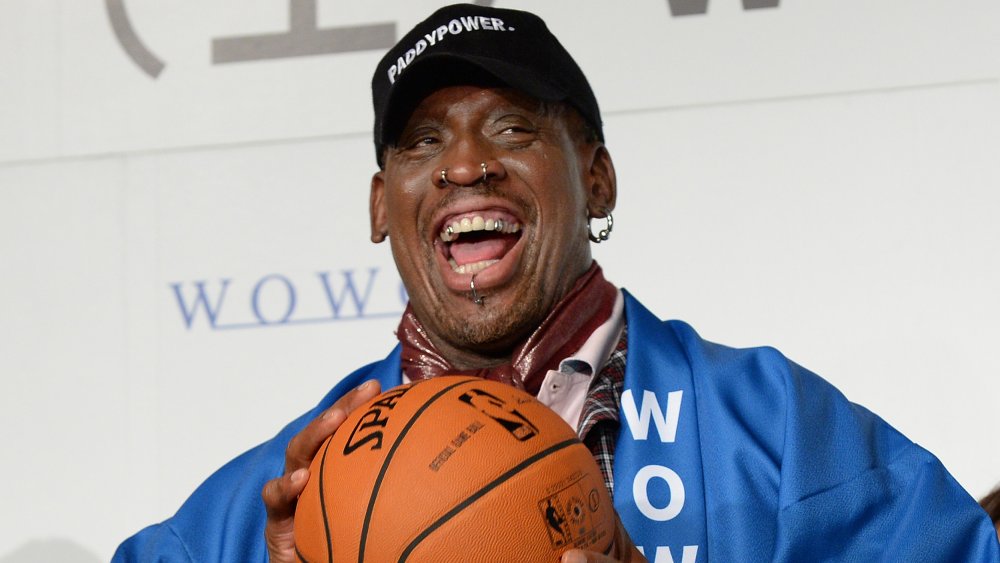
Here's How Much Money Dennis Rodman Made From The NBA
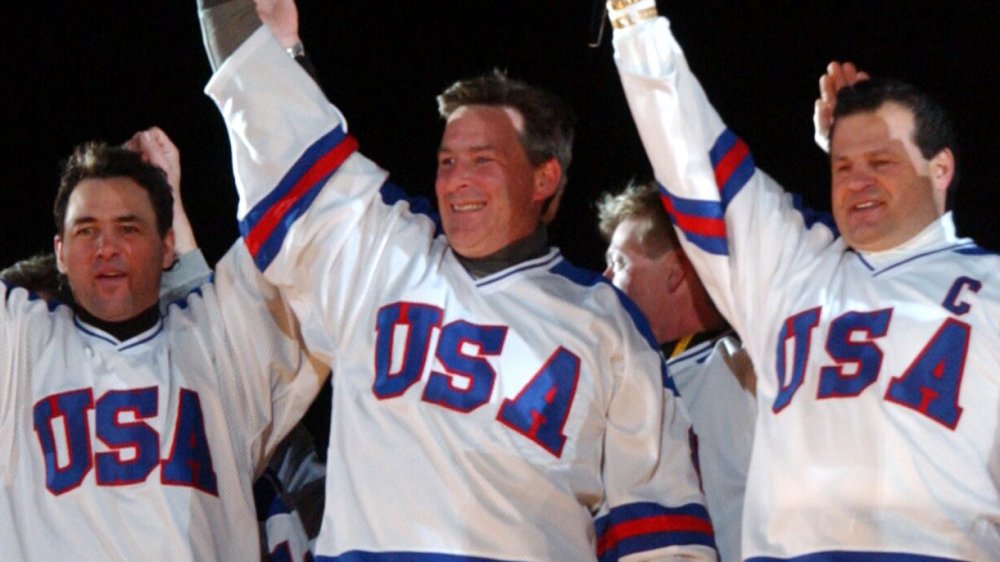
What The 1980 US Olympic Hockey Team Looks Like Now
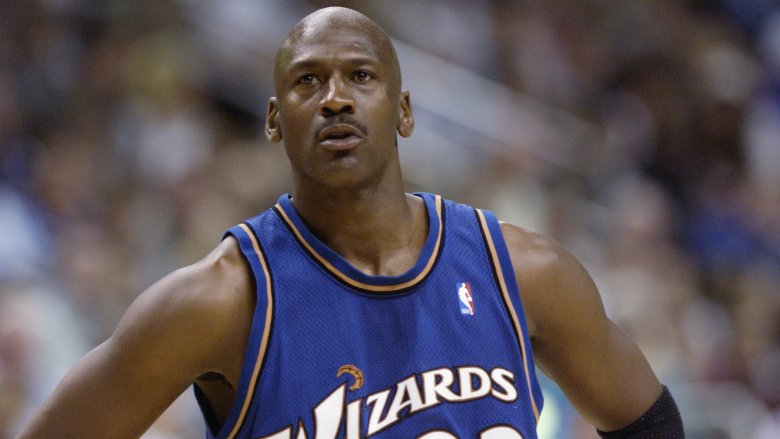
Why Michael Jordan Really Went To The Wizards
